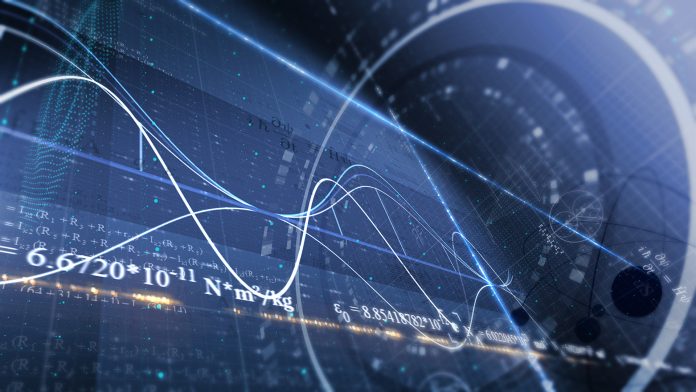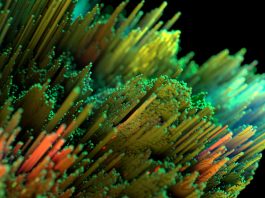Krzysztof Gawędzki and Antti Kupiainen share the 2022 Dannie Heineman Prize for mathematical physics.
The American Institute of Physics (AIP) and the American Physical Society (APS) announced on November 24, 2021 in Washington that Krzysztof Gawędzki and Antti Kupiainen are the next recipients of the 2022 Dannie Heineman Prize for Mathematical Physics. The prize is awarded annually by AIP and APS to show recognition of significant contributions to the field of mathematical physics.
“This award is honouring the work we did together in the 1980s and 1990s,” explained award recipient Kupiainen, a Finnish professor of mathematics at the University of Helsinki. “This was a very fruitful and inspiring collaboration that meant a lot to me then and formed the basis also for my later career. Therefore, I am particularly happy of being awarded a prize for it.”
Dannie Heineman award
Gawędzki, a Polish mathematical physicist at École Normale Supérieure in Lyon, collaborated with Kupiainen in order to develop rigorous renormalisation group methods for quantum field theory and statistical physics. They achieved seminal contributions to conformal field theory and the Wess-Zumino-Witten-Novikov models. Later in the ’90s, they described and quantified anomalous scaling behaviour in the turbulent advection of a scalar field.
“We are thrilled to announce the selection of Krzysztof Gawędzki and Antti Kupiainen as this year’s winners of the 2022 Dannie Heineman Prize for Mathematical Physics,” said Michael Moloney, CEO of AIP. “Their work together on constructive quantum field theory and statistical mechanics energised the field, opening the door for further work into nonequilibrium statistical mechanics and turbulent flow problems in hydrodynamic models.”
The citation on their award reads: “for fundamental contributions to quantum field theory, statistical mechanics, and fluid dynamics using geometric, probabilistic, and renormalisation group ideas.” The prize will be presented at either the APS March Meeting in Chicago or the APS April Meeting in New York City.
Award winners’ scientific backgrounds
Gawędzki was born in Żarki, Poland, and received his doctorate degree from the University of Warsaw in 1971. He then continued as a researcher at the Department of Mathematical Methods in Physics in Warsaw. The martial law in Poland in 1981 forced him to emigrate. He was consequently invited first to the Institut des Hautes Études Scientifiques (IHES), where he stayed until 1999 and then to the École Normale Supérieure in Lyon, where he is currently a professor emeritus.
Kupiainen was born in Varkaus, Finland, and received his doctorate degree from Princeton University in 1979. After his postdoctoral work at Harvard University, and his contribution to the Institute for Advanced Study in Princeton and IHES, he was appointed professor of mathematics in 1988 at Rutgers University. He then moved in 1991 to the University of Helsinki, where he is still currently serving.
Mathematical physics foundations of quantum field theory
In the early 80s, Gawędzki and Kupiainen began their collaboration into the mathematical foundations of quantum field theory, which had been actively pursued by mathematical physicists. They arrived at a ground level understanding of so-called super-renormalisable theories, that had already been achieved by the pioneering work of James Glimm, Arthur Jaffe, Tom Spencer, Barry Simon, and many others. However, the theories of high-energy physics were not super-renormalisable, and the existing techniques were not sufficient enough to understand them.
As a result, the duo turned to the renormalisation group method used in physics to study phase transitions, developing it into a tool for mathematically rigorous analysis of quantum field theory and statistical mechanics, in particular to construct certain renormalisable theories. “Renormalisation group is now a standard tool in mathematical physics, and I think our work had a role in making this happen,” Kupiainen explained.
During their later collaborations in the ’90s, Gawędzki and Kupiainen observed that certain questions related to turbulence were ripe for an analysis, using techniques from quantum field theory. These problems dealt with advection of a passive scalar quantity like temperature or pollutant concentration by a turbulent flow.
They succeeded in illustrating this by utilising quantum field theory methods that the statistics of the scalar exhibited intermittent behaviours and deviated from a Kolmogorov-type of scaling theory. This was the first such result in a turbulent system and influenced the way people thought about intermittency in standard fluid turbulence.









